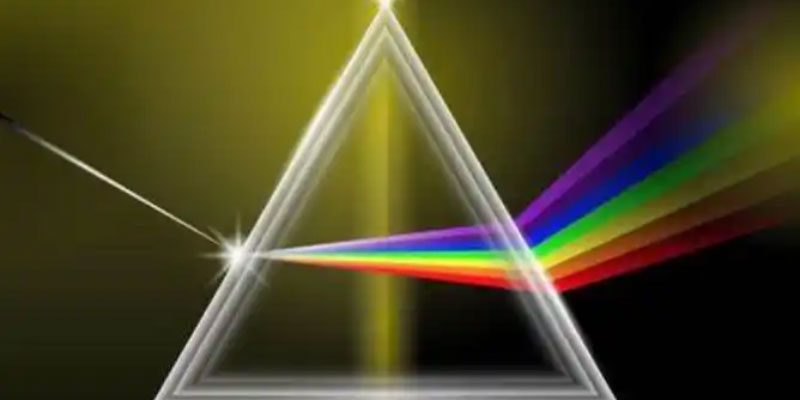
Right-angle triangular prisms employ an idea of complete reflection. They can be used as 90deg and 180deg reflectors based on the direction of incidence.
The light intensities of images may be enhanced by applying a coating.
There are four kinds of reflective films using traditional coatings: Reinforced Aluminium Reflective Film Reflectivity greater than 92%.
Reflective silver film with reflectivity >95 percent, typically suitable for near infrared reflection. However, it should be remembered that film is very easy to oxidize in air.

Reflectivity greater than 97 the three mentioned above, are all metal films, and they form the coating, without taking into account the angle of impact.
Dielectric reflective films, also known as dielectric reflective film is a type that is coated with dielectric material. reflectivity >99% is the prerequisite for angle of incident which means that you must consider reflection and wavelength while coating.
The principle of optical path 1. If light strikes any of the right-angle faces of the prism that light beam is completely reflected onto its beveled face of right-angle lens and the light reflected will be released from the other right-angle side, creating 90degreflection. This can be used to replace reflecting mirrors. (Beveled surface for coating reflection)

When incident light is incident from the beveled face of a prism, the light undergoes total reflection at the right-angle face, a second total reflection as it passes through the next right-angle face, and finally is reflected from the beveled face, with the direction of the reflected light being parallel to the incident light, and the light being deflected by 180° and independent of the angle of incidence. (Reflective coating on right-angled surfaces)
If reflective films are coated on the edge that is beveled of a right-angle prism, it is known as a right-angle lens reflector. In that case the light beam that hits on the edges will reflect off the reflective film instead of because of total reflection. This kind of reflector reduces effects of reflection of light beams through the film
optlenses
Related posts
What is the group velocity dispersion?
Cylinder Lens:The Function and Application Areas
What is The Interferometers?
Dichroic Mirror: A Reliable Assistant in Gemstone Identification



